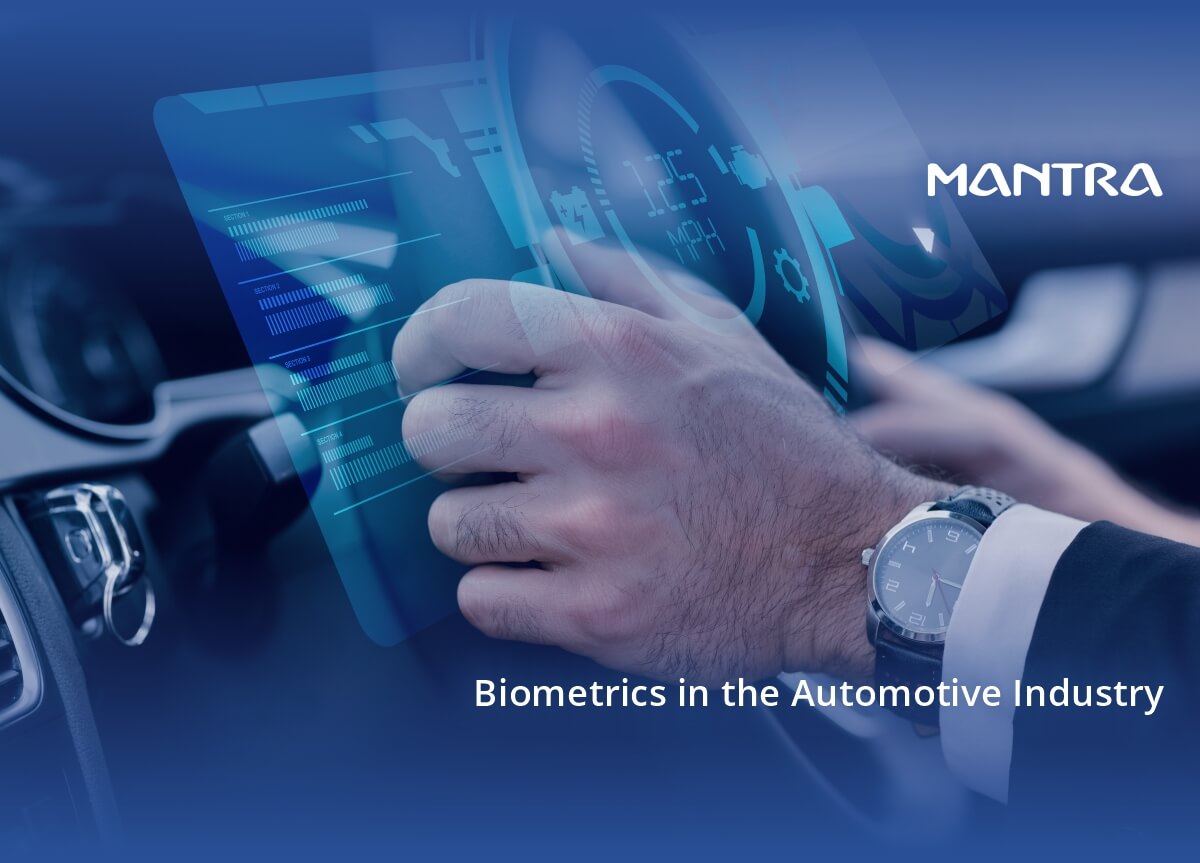
The Future of Vehicle Security and Personalization
Biometrics, a term that might sound complex, is essentially about using unique physical or behavioral characteristics for identification. In the automotive world, this technology is not just a futuristic concept; it's a rapidly evolving reality. This guide delves into how biometric technology is transforming the automotive industry, offering a blend of enhanced security, accessibility, and a more personalized driving experience.
The Evolution of Biometric Technology
Biometrics has come a long way from its initial days of simple fingerprint scanning. Today, it encompasses a variety of methods like facial recognition, iris scanning, and even behavioral analysis. The journey of biometrics began in the late 1800s, primarily for identity verification, and has since seen significant advancements, especially with the digital revolution.
Historical Context
The first notable application of biometrics was fingerprint identification, developed as a response to the needs of the burgeoning urban populations of the Industrial Revolution. By the 1960s, face recognition technology emerged, and by the 1990s, the FBI was operating complex biometric databases. This historical journey underlines the increasing importance and sophistication of biometric technology over time.
Biometric Technology in the Automotive Industry: Current Applications and Benefits
1. Vehicle Security
Biometrics has reinvented vehicle security. Modern cars can use biometric data like fingerprints or retinal scans to control access. This advancement means cars are less likely to be stolen or broken into, as the vehicle can be programmed to recognize only authorized users.
2. Accessibility
For individuals with mobility challenges, biometric technology is a game-changer. Features like voice recognition and AI assistance can adapt vehicles for easier use, making driving a more inclusive experience. Additionally, biometric tech adds a layer of security to vehicles with specialized modifications, guarding against theft.
3. Manufacturing Safety
In the realm of manufacturing, biometrics ensures the security of automotive plants and facilities. It restricts access to sensitive areas, safeguarding billions of dollars' worth of machinery and technology. This application is crucial in preventing industrial espionage and theft.
4. Operational Convenience
The era of fumbling for car keys is ending. Biometric technology allows for keyless entry and operation, streamlining the driving experience. This convenience extends to in-car features like voice-controlled navigation and entertainment systems, enhancing the overall functionality of the vehicle.
5. Enhanced Driving Experience
Biometrics can significantly elevate the driving experience. By recognizing the driver's preferences and physiological state, the car can adjust settings for comfort, reduce stress, and improve safety. This personalization creates a more enjoyable and focused driving experience.
Current Biometric Features in the Automotive Sector
While the future promises even more advanced applications, several biometric features are already in use:
Fingerprint Recognition: This is the most common biometric feature in cars today. It allows for secure vehicle access and engine start, with companies like Hyundai leading the way.
Iris and Retina Scanners: More advanced than fingerprint recognition, these methods provide secure and unique identification. Hyundai has been pioneering this technology, incorporating it into their latest models.
Facial Recognition: Still in its nascent stages, facial recognition technology uses a combination of facial features to authenticate the driver. Brands like Hyundai and Genesis are actively developing this technology for future models.
The Future of Biometrics in the Automotive Industry
The intersection of Artificial Intelligence (AI) and biometrics is where the future of automotive technology lies. AI can leverage biometric data to make real-time adjustments in the car, enhancing driver comfort and safety. For instance, by detecting signs of fatigue or distress, the car can adjust its settings or even take control to prevent accidents.
Potential Applications
Emotion Recognition: Future cars might adjust lighting, music, and temperature based on the driver's mood, detected through biometric sensors.
Driver Safety Monitoring: Biometric sensors could monitor the driver's alertness and take preventative actions if signs of fatigue or intoxication are detected.
Personalized In-Car Assistance: Future vehicles might offer a more tailored in-car experience, adjusting seat positions, climate control, and entertainment options based on the driver's biometric data.
Conclusion
The integration of biometric technology in the automotive industry signifies a shift towards more secure, accessible, and personalized driving experiences. While the most advanced forms of this technology are still under development, their potential impact is immense. In the coming years, we can expect biometrics to play a pivotal role in shaping the interaction between humans and vehicles, making driving safer, more enjoyable, and tailored to individual needs and preferences. This evolution in automotive technology is not just about improving cars; it's about enhancing the human experience behind the wheel.
Comments